How to Grow Balloon Flowers Blissfully
Balloon flowers, scientifically known as Platycodon grandiflorus, are perennials that grow in clumps. They belong to the bellflower family, which is known for being easy to cultivate, even though the appearance of their blooms differs from typical bell-shaped flowers. If you’re wondering how to grow Balloon Flowers here’s some information to get you started.
Instead, they feature puffy buds that resemble balloons and expand to produce star-shaped flowers measuring 2 to 3 inches. These vibrant blue-violet flowers bloom throughout the summer, although there are also cultivated varieties with white and pink blossoms. How to grow Balloon Flowers they are typically planted in spring, once the risk of frost has passed, and they grow rapidly to bloom within the first year.
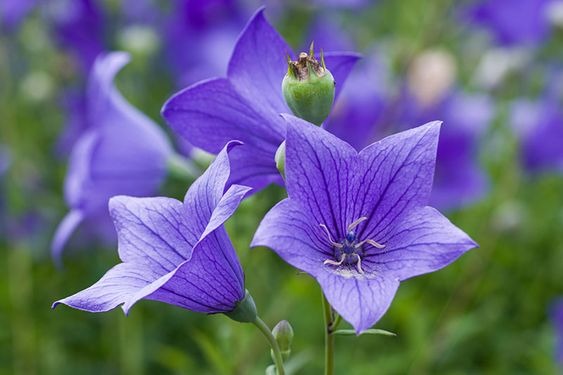
Common Name: Balloon flower, Chinese bellflower, Japanese bellflower
Botanical Name: Platycodon grandiflorus
Family: Campanulaceae (bellflower)
Plant Type: Herbaceous perennial
Soil Type: Rich, loamy, medium moisture, well-draining
Soil pH: 5.5–7.5 (acidic to slightly alkaline)
Bloom Time: Summer
Flower Color: Blue-violet, white, pink
Mature Size: 1– 2 1/2 ft. tall, 1–1 1/2 ft. wide
Sun Exposure: Full sun to part shade
Hardiness Zones: 3–8 (USDA)
Native Area: China, Korea, Japan, Russia
Balloon Flower Care
Balloon flowers are highly suitable for border gardens or rock gardens, offering an excellent choice for these settings. Their blooms possess wide-open petals, which effectively attract pollinators like bees and butterflies. While these perennials have the ability to self-sow their seeds, they do not aggressively spread. How to grow Balloon Flowers you’ll be pleased to know that they generally require minimal maintenance and exhibit resistance to pests and diseases. However, it’s important to note their vulnerability to root rot in regions with excessive rainfall.
In terms of their growth, the taller varieties of balloon flowers may have a tendency to become floppy. To counteract this, you have the option to stake them for support or plant them in clumps, allowing them to mutually support one another. You can initiate your balloon flower garden either by starting with nursery plants or by growing them from seeds.
Light
For optimal flower production, it is recommended to plant balloon flowers in a location with full sun exposure, receiving a minimum of six hours of sunlight on most days. Nevertheless, these plants can still thrive and survive in areas with partial shade. In fact, they may even appreciate some shade, particularly during the hottest hours of the afternoon when the sun’s intensity is at its peak.
Soil
Balloon flowers have a preference for soil that is organically rich and loamy, with excellent drainage. They do not thrive in compact or heavy soils like clay, as these types of soil hinder their growth. Ideally, balloon flowers thrive in a soil pH range between 5.5 and 7.5, which provides them with optimal conditions for healthy development.
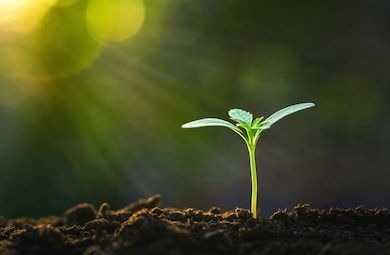
Water
When caring for young balloon flower plants, it is important to maintain a consistently moist soil, ensuring it doesn’t become overly saturated. However, it’s crucial to avoid allowing the soil to become soggy. Once these plants are well-established, they generally prefer a moderate level of moisture in the soil. They are capable of tolerating brief periods of drought without significant harm. Unless you experience an extended period of rainfall scarcity that results in the soil drying out, balloon flowers typically do not require excessive supplemental watering.
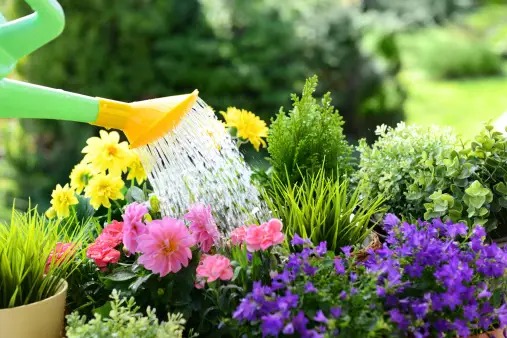
Climate and Moisture Levels
Balloon flowers exhibit hardiness and thrive within the USDA growing zones 3 to 8. They are capable of flourishing within a temperature range of 60 to 80 degrees Fahrenheit, which is considered ideal for their growth. However, these plants can endure higher temperatures if they are provided with some shade during the afternoon when the sun is most intense. It is important to note that frost poses a threat to young balloon flower plants, potentially causing their demise, while established plants may experience dieback and retreat into the ground during the autumn season.
Balloon flowers are adaptable to various air conditions, including both humid and dry environments, as long as they receive the appropriate amount of soil moisture to sustain their growth and vitality.
Fertilizer
In general, balloon flowers do not require additional fertilization if the soil they are planted in is already rich in nutrients. However, to support their energy replenishment after blooming throughout the growing season, applying a layer of compost in the fall can be beneficial. This compost layer aids in replenishing the nutrients and resources they have expended during the blooming period. On the other hand, if the soil is of poor quality, it is recommended to utilize an all-purpose, slow-release fertilizer during early spring. This fertilizer helps provide the necessary nutrients for the balloon flowers to thrive and flourish in such conditions.
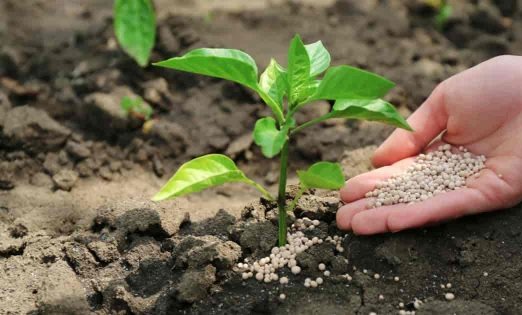
Types of Balloon Flowers
1. The Astra series of Platycodon grandiflorus: These varieties produce double flowers with 10 petals available in shades of blue, pink, or white. They are particularly suitable for starting from seeds, making them an ideal choice for cultivation.
2. The Fuji series of P. grandiflorus: Among the most commonly available cultivars, this series is characterized by its impressive height, with stems reaching up to 30 inches. The flowers, available in blue, pink, or white, add to its popularity.
3. P. Grandiflorus Komachi: In this particular variety, the flowers exhibit a captivating purple-blue color and maintain their puffy pillow-like appearance even after blooming, adding an interesting visual dimension to the plant
4. P. Sentimental Blue’: This dwarf cultivar stands at approximately 6 inches in height and produces an abundance of small, vibrant purple flowers measuring 1 to 2 inches. Its compact size and profuse blooms make it an appealing choice for gardens and containers.
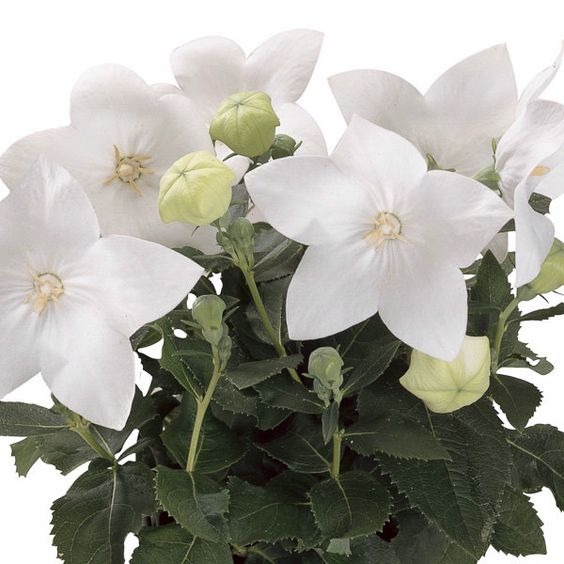
How to Prune
In most cases, balloon flowers do not require regular pruning, but it can be done for aesthetic purposes. However, if you desire more compact and sturdy plants, you have the option to trim back tall stems by approximately half during late spring. This practice helps prevent the plants from becoming prone to flopping over, promoting a more upright growth habit.
To maintain a neat and continuous blooming display, it is recommended to engage in deadheading. This involves removing spent blooms from the plants. Rather than removing the entire stem, focus on removing only the faded flowers. By doing so, the remaining buds on the stem will have the opportunity to continue opening, ensuring a continuous succession of blooms and keeping the plants visually appealing.
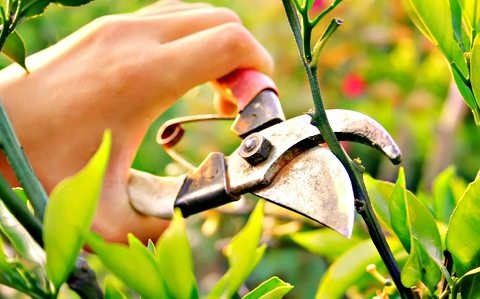
How to Propagate
Gardeners often hold a special fondness for balloon flowers due to their reliable and rapid growth, making them highly valued additions to any garden. The enthusiastic sentiment of “the more, the merrier” often applies to these plants. However, caution must be exercised when it comes to propagating them. Dividing the plant, which involves separating the root system into multiple sections, is generally not advised for balloon flowers. This is because these plants possess deep taproots that are sensitive to disturbance and do not respond well to the division process.
Instead, a more suitable method for propagating balloon flowers is through stem cuttings. This involves taking a section of the stem, typically from a healthy and established plant, and encouraging it to develop roots to form a new individual plant. By utilizing stem cuttings, gardeners can effectively propagate balloon flowers without compromising the health and stability of the parent plant
- To begin the process, employ sterilized and sharp pruners to trim a 4-inch segment of the stem, ensuring to eliminate the lower foliage and reveal a bare stem.
- If desired, apply a rooting hormone onto the exposed section of the stem, which can enhance the rooting process. Subsequently, place the stem cutting into a container filled with moist soil.
- Maintain the soil moisture at an appropriate level, ensuring it remains damp but not excessively saturated. This moisture is crucial for facilitating the development of roots.
- As time goes by, remain observant for any indications of leaf growth and evaluate the level of resistance encountered when delicately tugging the cutting. These indicators will confirm the successful formation of roots. Once roots have sufficiently developed, the plant is prepared for transplantation into the garden, where it can continue to thrive.
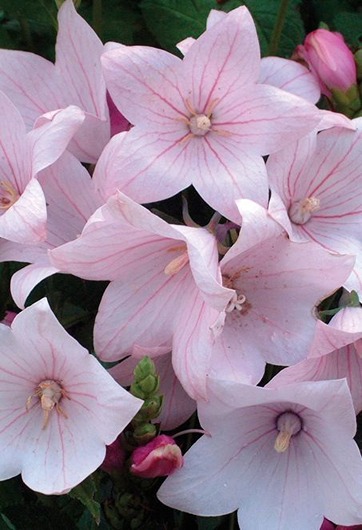
How to Grow from Seeds
To initiate the growth of balloon flowers from seeds, it is recommended to begin indoors during the early spring, roughly six to eight weeks prior to your local area’s anticipated last frost date. You can utilize either seed starter mix or regular potting soil for this purpose. When sowing the seeds, lightly cover them with a thin layer of soil, approximately 1/16 inch in thickness. Afterward, place the container in a warm location until the seeds undergo germination.
Once the weather has sufficiently warmed up, you have the option to transplant the seedlings to an outdoor location. If you choose to directly sow the seeds in your garden, it is advisable to do so after the last frost date has passed. However, it is important to note that flowering is unlikely to occur during the first year for these direct-sown seeds.
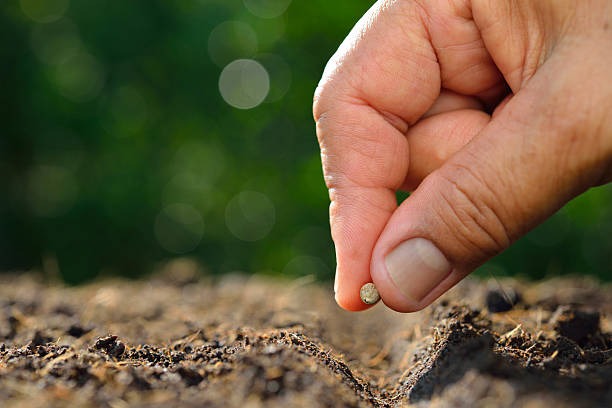
Common Pests and Plant Diseases
Like many other outdoor flowering plants, balloon flowers are prone to attracting slugs and snails. These pests can be effectively managed by using bait to entice them away from the plants. However, balloon flowers can also be susceptible to various diseases such as crown rot, root rot, botrytis gray mold, powdery mildew, and fungal leaf spot. Crown and root rot have the potential to cause plant death during the winter season.
If the leaves of balloon flowers display powdery spots, mottling, or blotching, it is often possible to address these issues with the application of a suitable fungicide. For plants affected by botrytis gray mold, it is advisable to promptly remove and dispose of the infected plants to prevent the spread of the disease. In order to prevent further occurrences, a preventive fungicide can be employed on the remaining plants.
It is important to remain vigilant and take appropriate measures to mitigate the impact of pests and diseases on balloon flowers, as these actions can help maintain the health and vitality of the plants.




